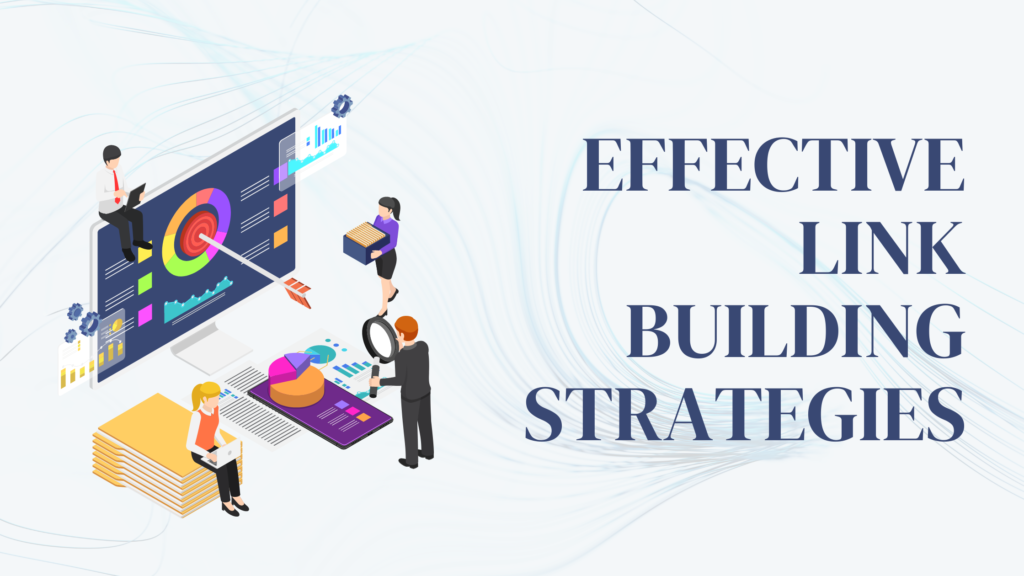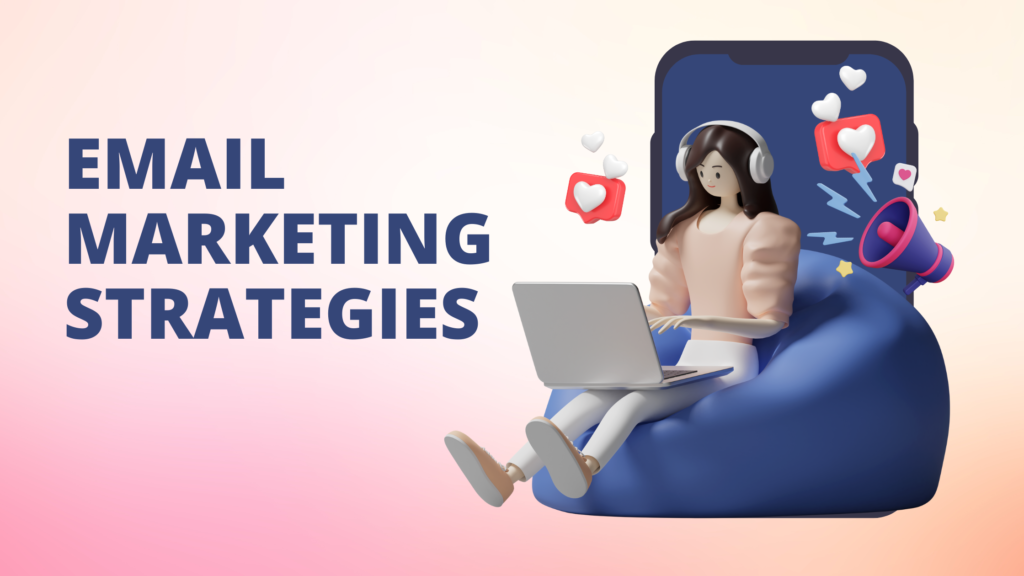Improving User Engagement with chatbots
Websites have become the primary mode of communication between businesses and their customers. But just having a website is not enough anymore. In order to truly captivate visitors and enhance their user experience, companies are turning to chatbots. In this blog post, let’s delve more into chatbots and find out how they can revolutionize your website’s performance. We’ll start by understanding the different types of chatbots and their applications. Then, we’ll examine real-life case studies showcasing their successful implementation. Benefits of Using Chatbots on Websites Chatbots have become an increasingly popular tool for businesses to improve user experience and engage with their website visitors. By integrating chatbots into websites, businesses can provide instant support, and personalized recommendations, and streamline the customer journey. One of the key benefits of using chatbots is their ability to provide 24/7 support. Unlike human agents who may have limited availability, chatbots are always ready to assist users at any time of the day or night. This ensures that customers can get answers to their questions or resolve issues promptly, enhancing satisfaction and reducing wait times. Another advantage is the efficiency that chatbots bring to customer interactions. With a well-designed chatbot in place, businesses can automate repetitive tasks such as answering common queries or providing product information. This frees up human agents’ time to focus on more complex inquiries and high-value interactions. Furthermore, chatbots enable businesses to deliver personalized experiences on their websites. By analyzing user data and preferences, chatbots can offer tailored recommendations based on individual needs and behavior patterns. This level of personalization not only enhances user engagement but also increases the likelihood of conversions and sales. In addition to these benefits, integrating chatbots into websites helps streamline the customer journey by providing seamless navigation assistance. Whether it’s guiding users through product selection or helping them complete transactions, chatbots act as virtual assistants that ensure a smooth web experience for visitors. By leveraging these advantages businesses can effectively enhance user engagement on their websites. Types of Chatbots and their Functions Chatbots come in various types, each designed to fulfil specific functions based on the needs of website owners and users. Let’s explore some common types of chatbots and their respective functions. The right chatbot can help businesses save time and resources while providing personalized support to their customers. Successful Implementation of Chatbots in Websites Let’s explore some successful case studies that highlight the benefits of chatbot integration. Firstly, the travel industry has seen significant success with chatbots. Expedia, for instance, has implemented chatbots to assist customers with booking flights, hotels, and rental cars. These virtual assistants provide instant responses to user queries, helping them find the best deals and make informed decisions. E-commerce giant eBay has also leveraged chatbots to enhance customer support and increase sales conversions. Through AI-powered bots, eBay can efficiently address customer inquiries and guide shoppers through the buying process seamlessly. This has resulted in higher customer satisfaction and increased revenue for the company. Another interesting example comes from Domino’s Pizza, which introduced a chatbot named Dom to enable customers to place orders through Facebook Messenger. With Dom’s help, users can customize their pizzas, track deliveries in real-time, and receive recommendations based on previous orders. This integration has significantly improved user engagement by providing a convenient ordering experience within a familiar messaging app. These case studies demonstrate the potential of chatbots to enhance user experiences across various industries. Measuring the Success of Chatbot Integration Measuring the success of chatbot integration is essential for businesses to understand how well their chatbots are performing and whether they are meeting their objectives. There are several metrics that can be used to assess the effectiveness of chatbot integration. By measuring the success of chatbot integration accurately, businesses can ensure their chatbots are delivering value to customers and achieving their goals. Potential Challenges and Limitations While chatbots can greatly enhance user engagement and satisfaction on websites, it’s important to acknowledge that there are potential challenges and limitations associated with their implementation. While chatbots can handle many routine tasks effectively, they have limitations when it comes to handling complex issues or providing detailed explanations. Users seeking in-depth assistance might still require human intervention. By addressing these issues in advance, businesses can ensure that their chatbots provide a seamless and efficient experience for their users while also meeting their objectives. User engagement and satisfaction play a significant role in the success of any website. With the power of AI and natural language processing, chatbots offer a range of benefits to both businesses and users, including instant support, streamlined communication, and personalized assistance. While there may be some limitations with chatbots, they have proven to be successful in various industries and can help businesses improve their customer experiences.
Improving User Engagement with chatbots Read More »







